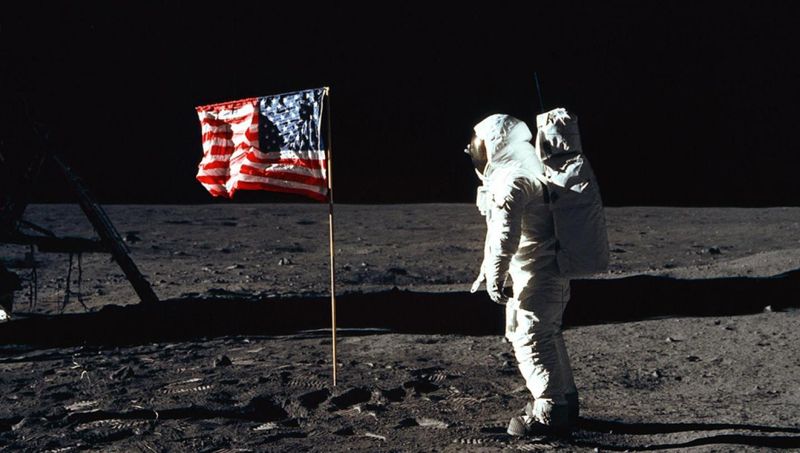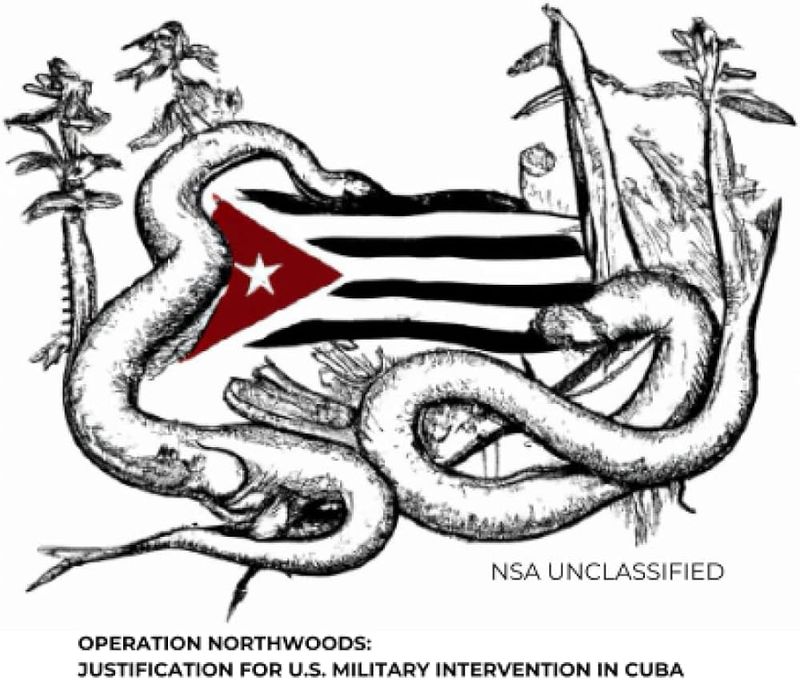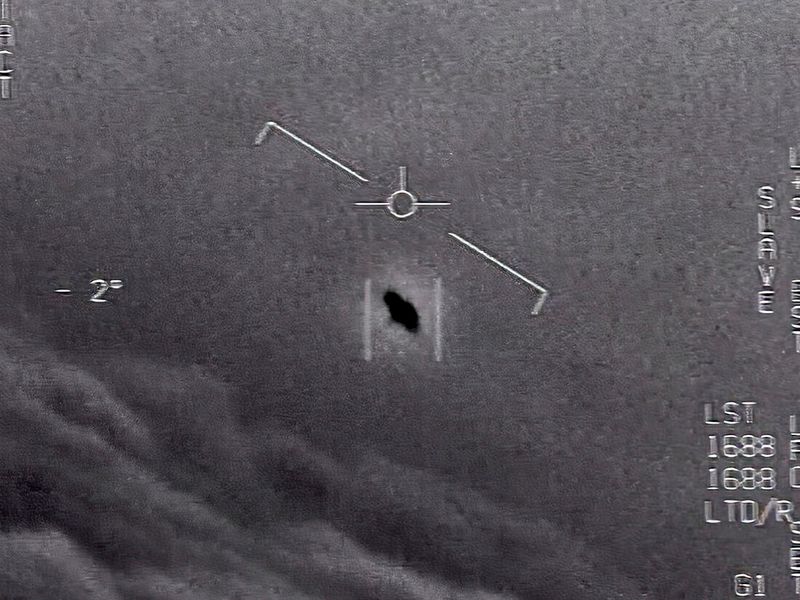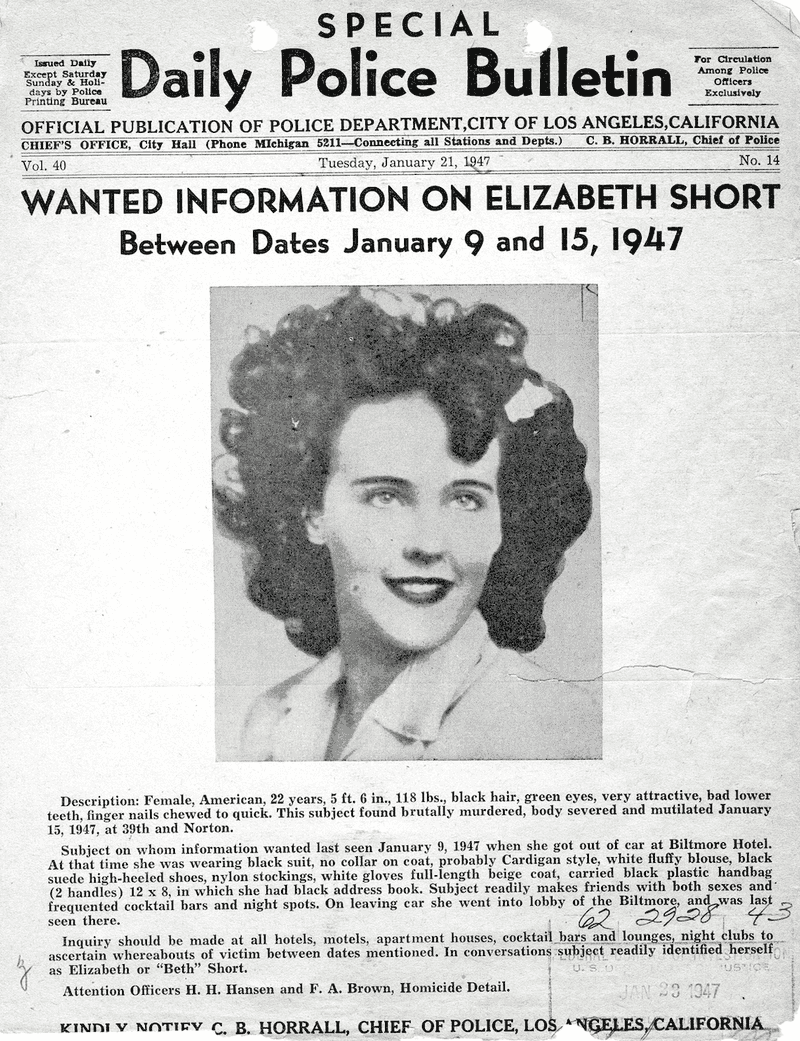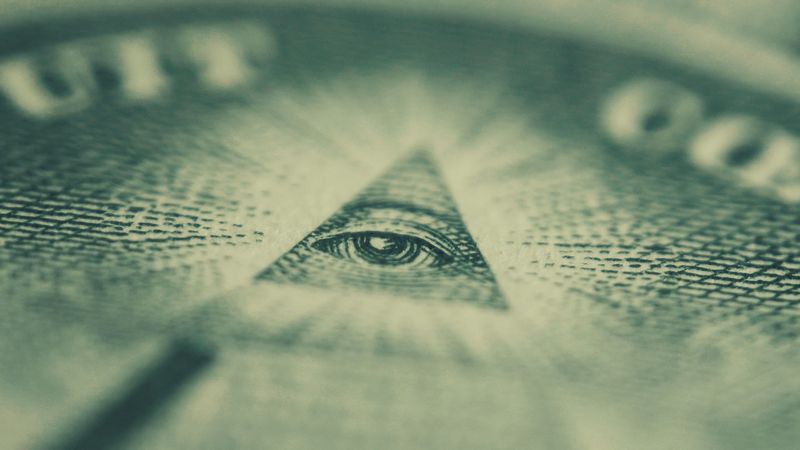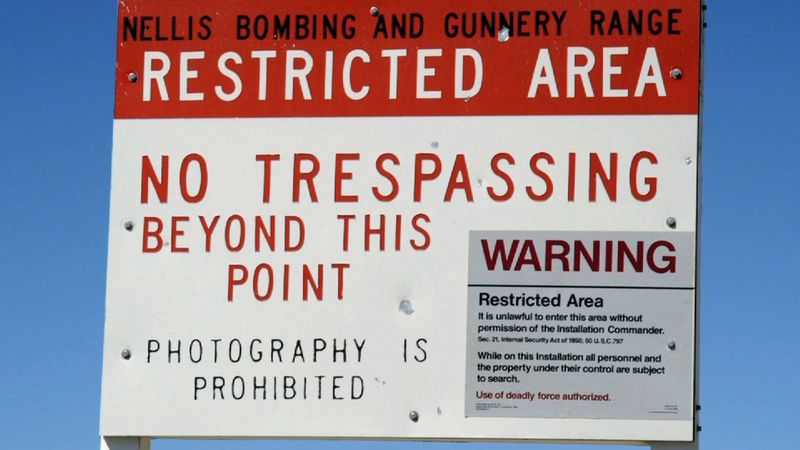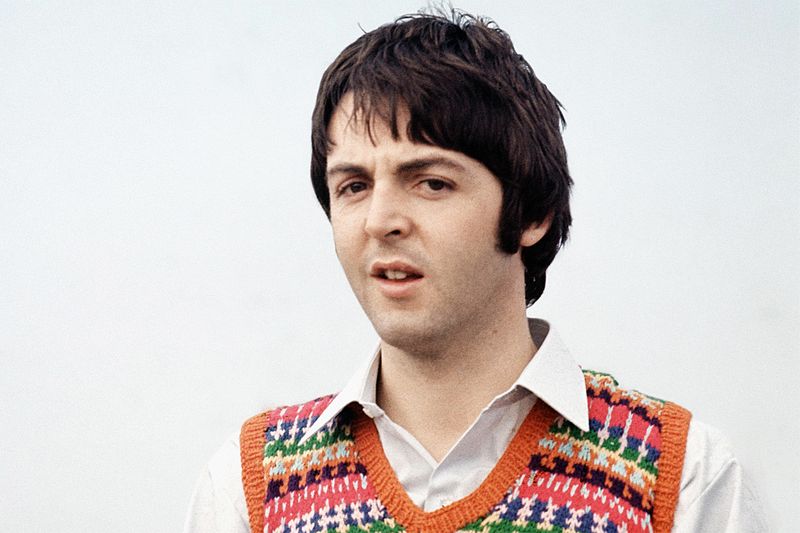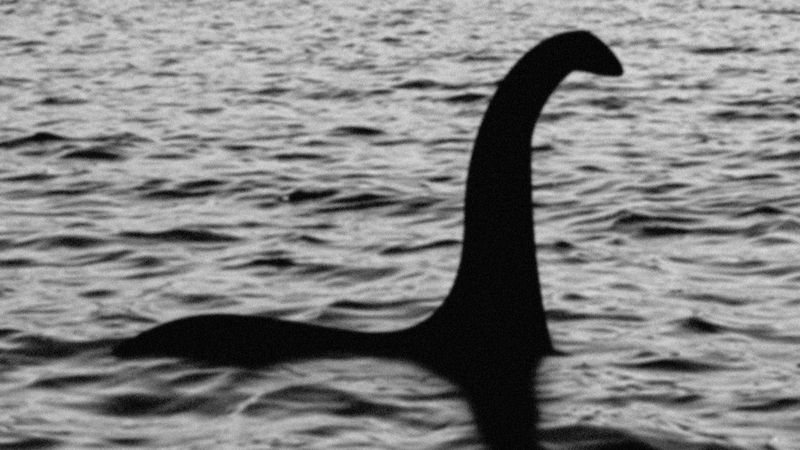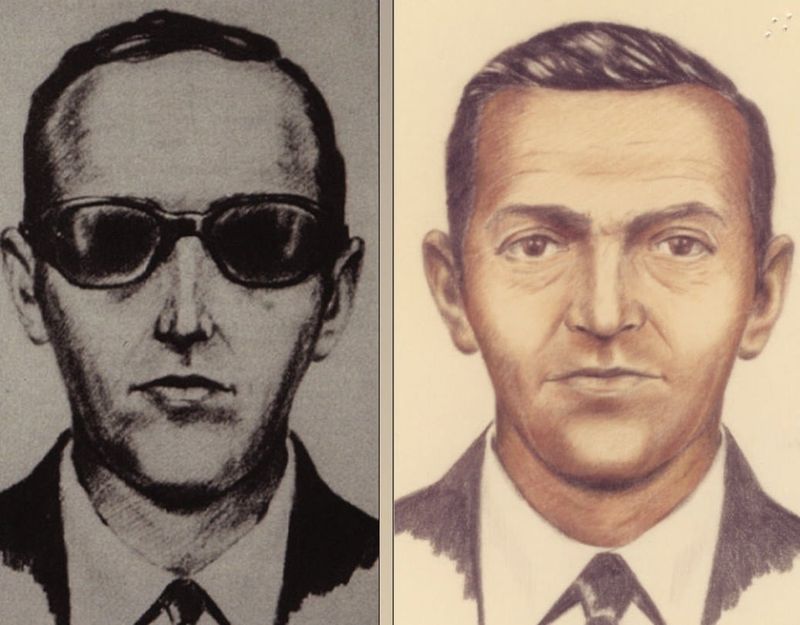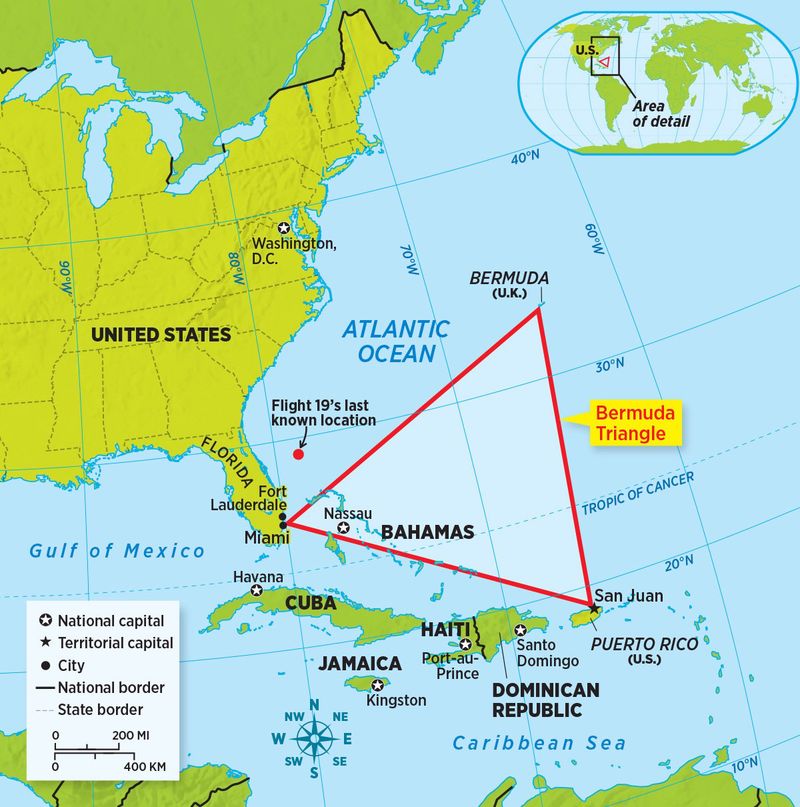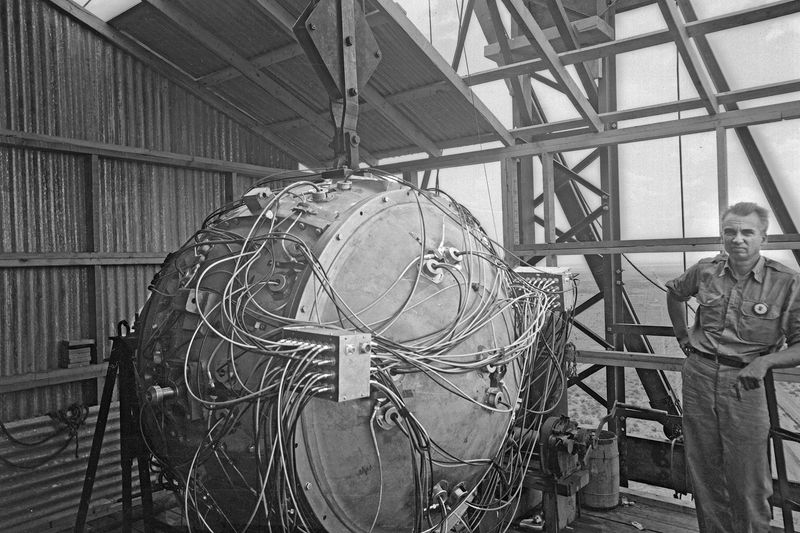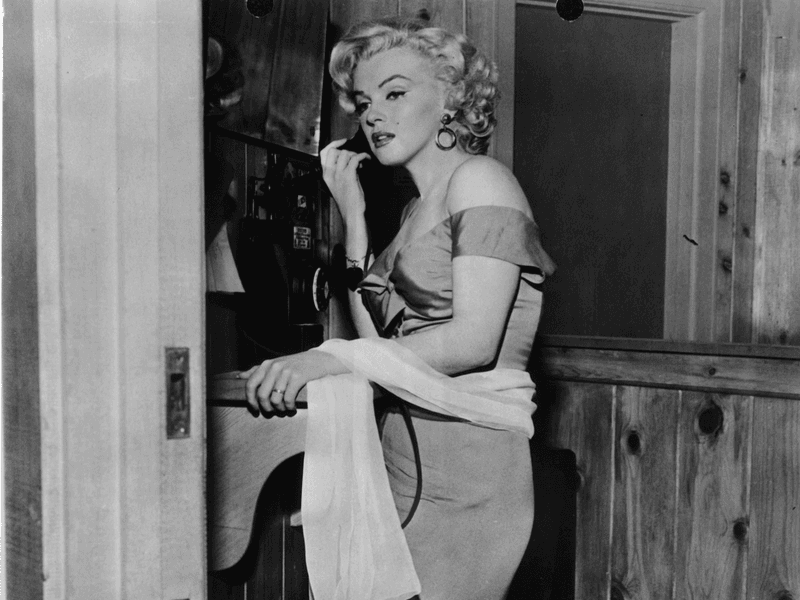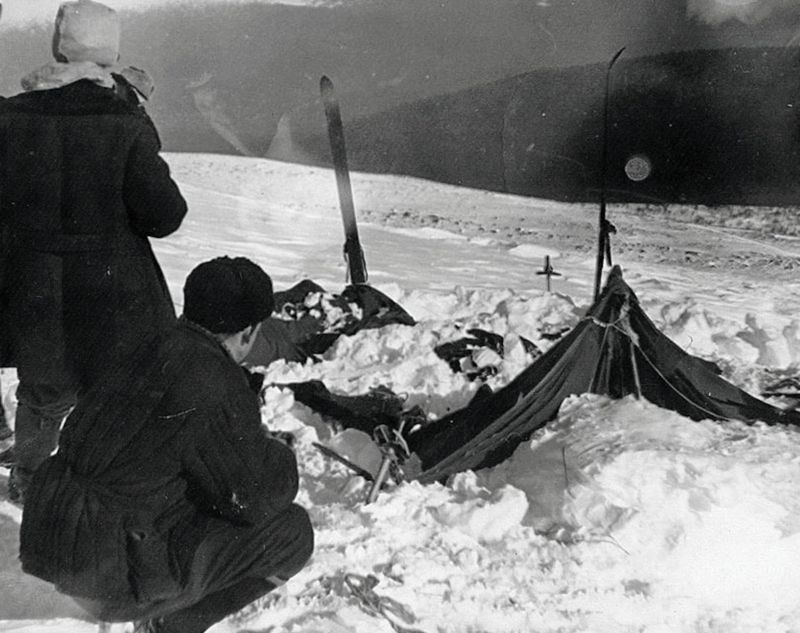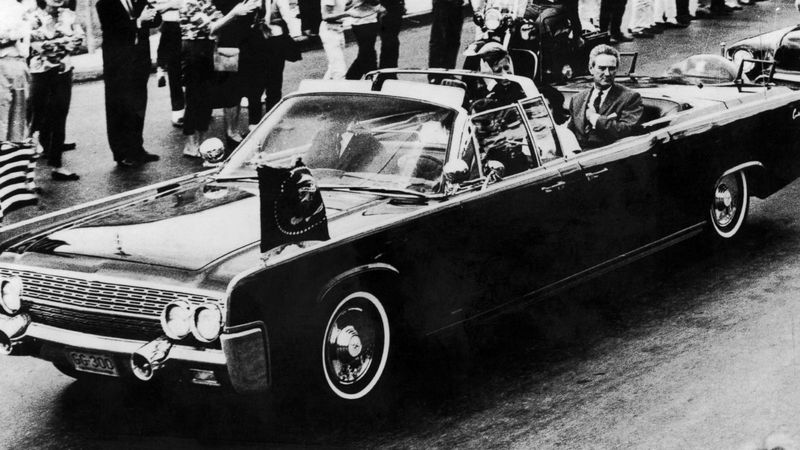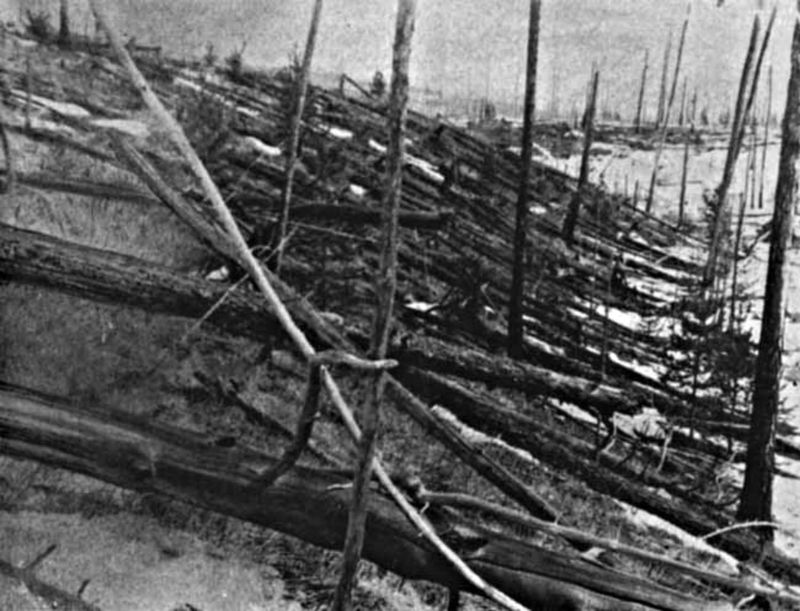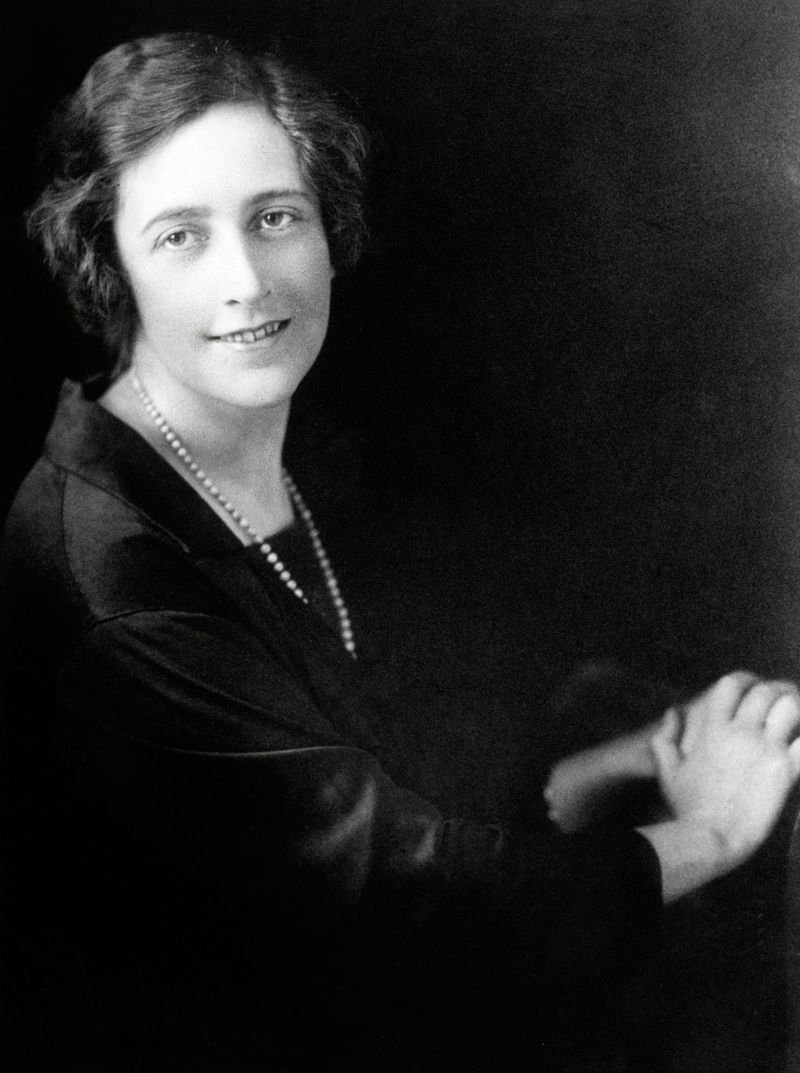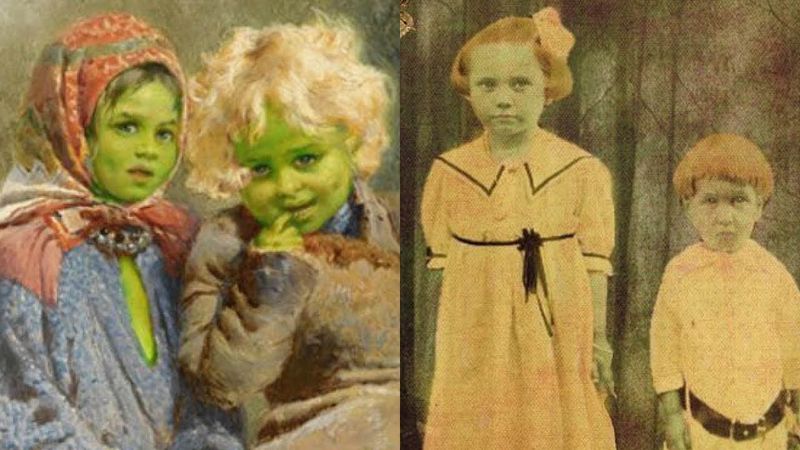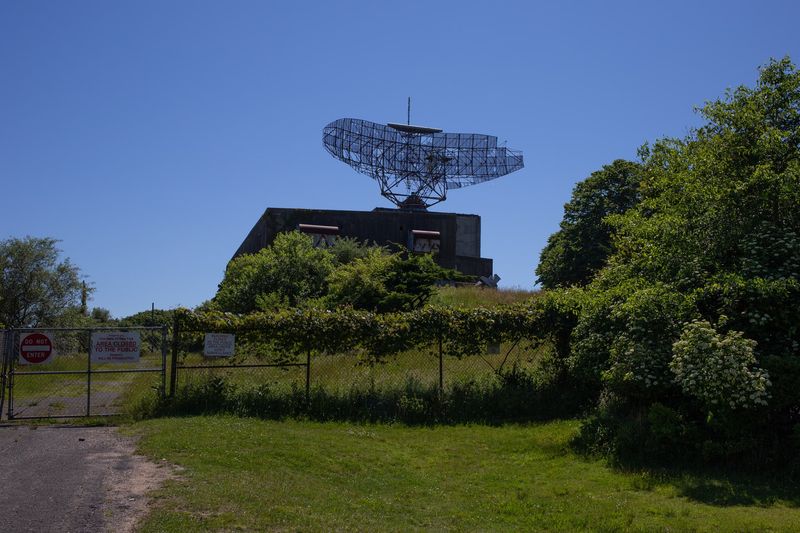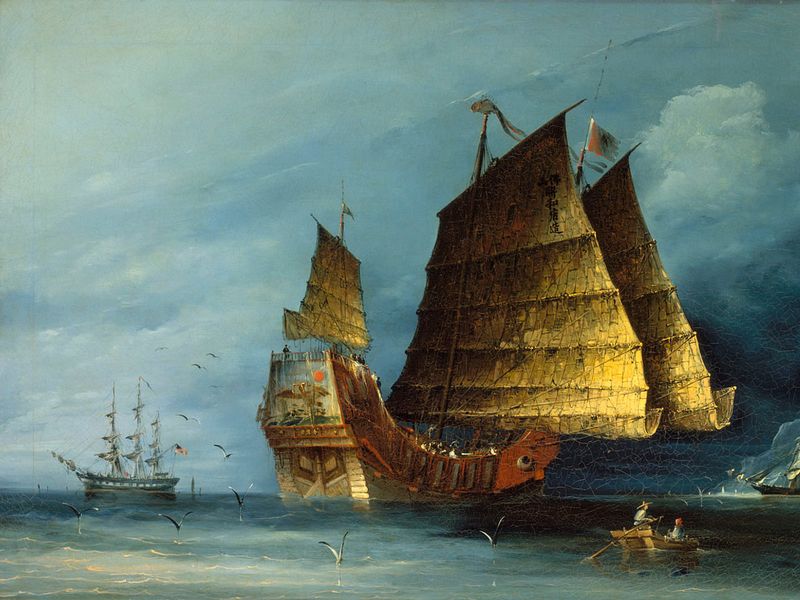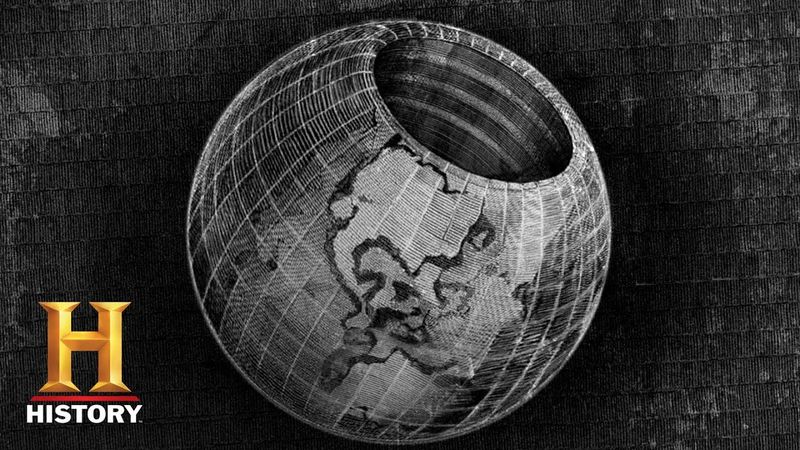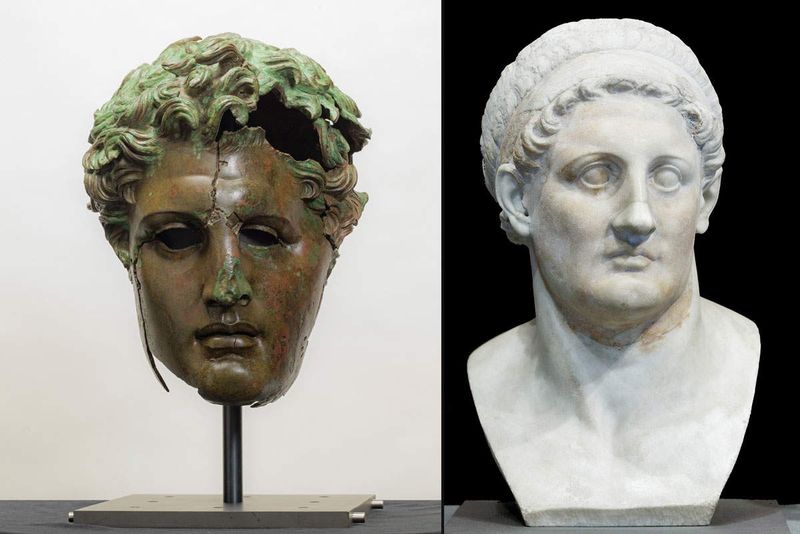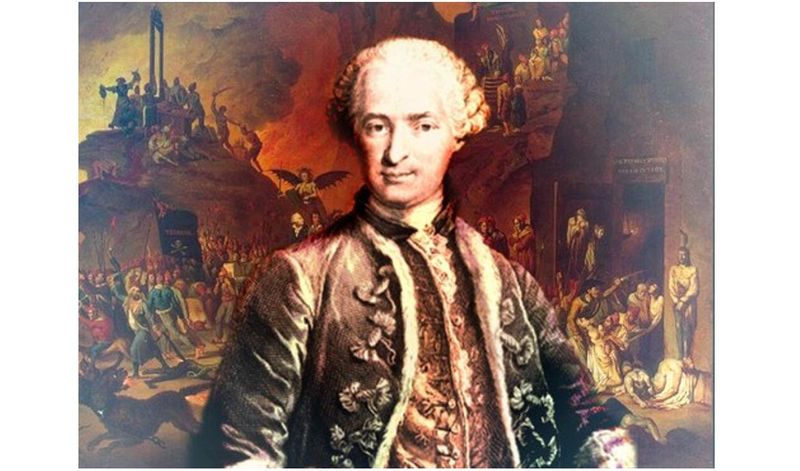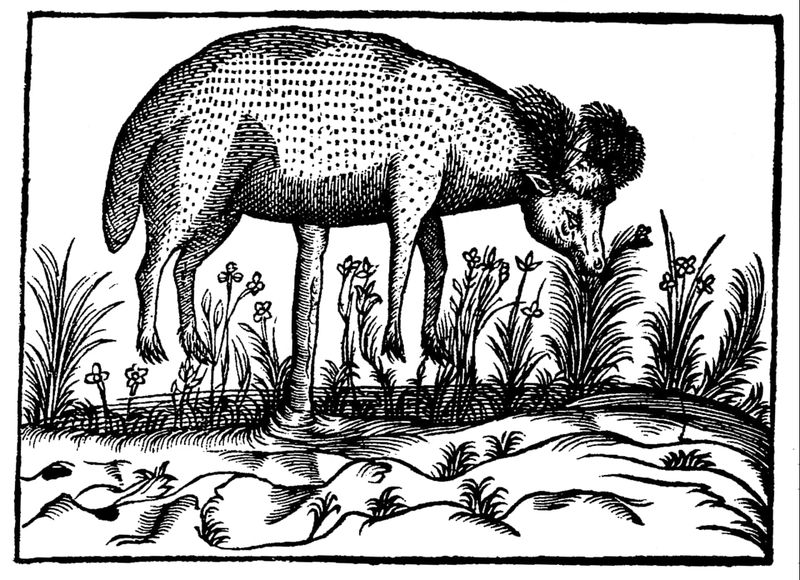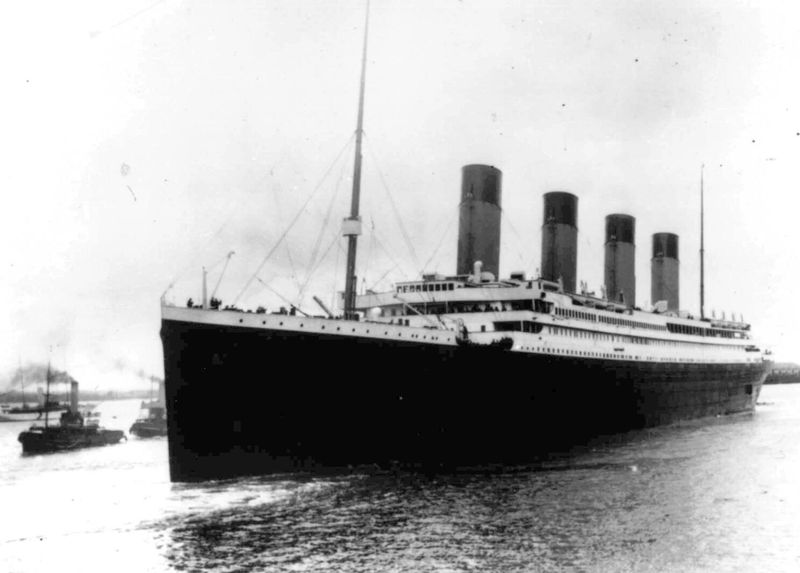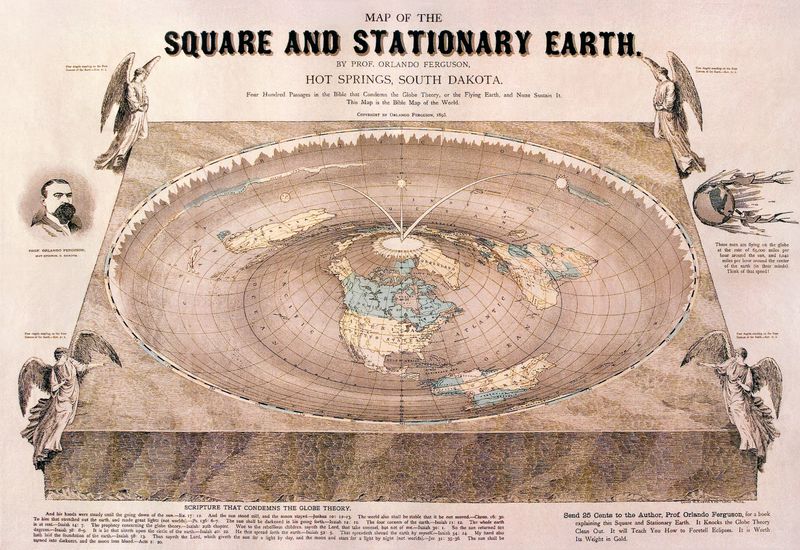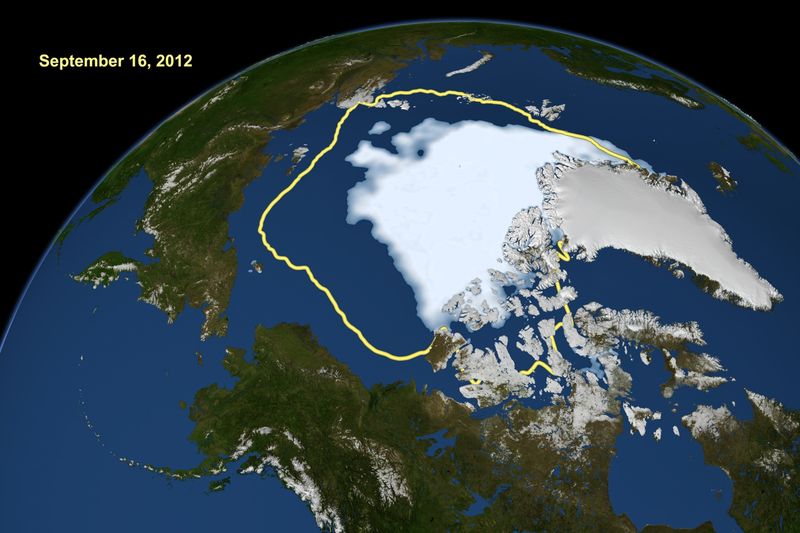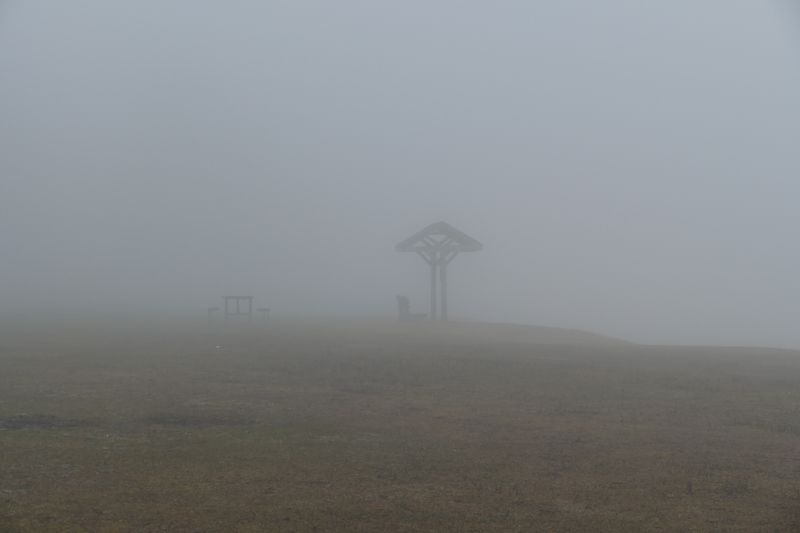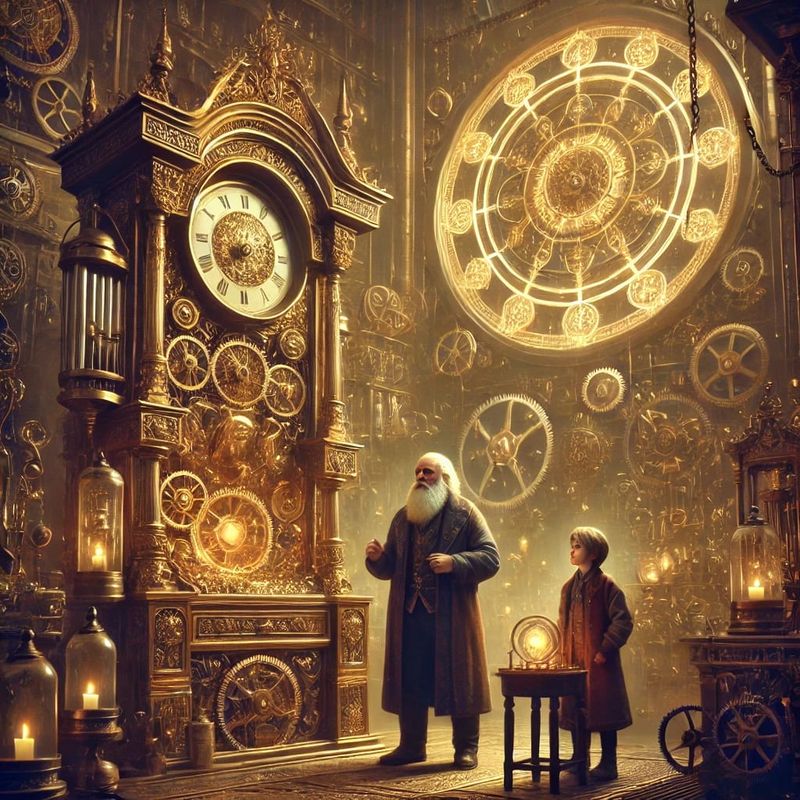History is filled with tales that sound stranger than fiction. While some conspiracy theories have been debunked, others have left us questioning reality.
This blog post explores 40 wild conspiracy theories from history, examining their origins and truths. It’s a journey through time that challenges what we know and what we believe.
1. The Philadelphia Experiment
The Philadelphia Experiment allegedly involved a naval destroyer becoming invisible and teleporting in 1943. Witnesses claimed the USS Eldridge vanished, leaving a green fog. However, the story’s credibility is debated.
Some argue it was a hoax, others believe it was military experimentation. The tale has inspired books and movies, fueling imaginations. Questions remain about its truth, but the legend persists.
The government has denied any such event, yet conspiracy theorists continue to speculate. Did it really happen, or is it just a fascinating story? The mystery endures, captivating those seeking hidden truths.
2. The Great Moon Hoax
In 1835, The Sun newspaper published articles claiming life on the moon, complete with bat-like creatures and lush landscapes. The series, known as the Great Moon Hoax, intrigued readers but was eventually revealed as fiction.
Despite being a fabrication, the story captivated the public and spurred interest in astronomy. It highlighted the power of media in shaping public perception. Though debunked, the hoax remains a pivotal moment in publishing history.
It serves as a reminder of the potential impact of sensationalism in media. The creative narrative still ignites curiosity about extraterrestrial life.
3. Operation Northwoods
Operation Northwoods was a proposed U.S. plan in the 1960s to stage attacks on American soil and blame Cuba, aimed at gaining public support for military action. The plan, never executed, was declassified years later, shocking the public.
It revealed the extent of Cold War-era tactics and government manipulation. The proposal included fake hijackings and bombings, showcasing extreme measures considered during tense times.
The revelation sparked conversations about ethics and governmental transparency. Though never acted upon, Operation Northwoods remains a chilling example of potential propaganda. It challenges trust in leadership and historical narratives.
4. The Roswell Incident
The Roswell Incident in 1947 involved a UFO crash in New Mexico, sparking alien conspiracy theories. The U.S. military initially reported a “flying disc,” then retracted, stating it was a weather balloon.
This shift fueled speculation about extraterrestrial cover-ups. Decades of investigations and witness accounts have kept the mystery alive. While skeptics dismiss it as myth, believers cite supposed evidence of alien life.
The incident has become a cultural phenomenon, inspiring media and tourism in Roswell. Whether truth or legend, it continues to provoke debate and fascination about what’s really out there.
5. Project MKUltra
Project MKUltra was a secret CIA program in the 1950s and 60s, exploring mind control through drugs and psychological manipulation. Declassified documents revealed disturbing experiments on unwitting subjects.
The project’s unethical nature and lack of consent raised serious moral questions. LSD and hypnosis were among the methods tested, aiming to develop interrogation techniques. Public outrage followed the exposure, leading to congressional hearings.
While the program ended, its legacy persists in discussions about ethics in research and governmental power. The truth behind MKUltra reminds us of potential abuses under the guise of national security. It remains a dark chapter in history.
6. The Black Dahlia Murder
The Black Dahlia murder of Elizabeth Short in 1947 is one of Los Angeles’ most infamous unsolved cases. Her gruesome death and the mystery surrounding it captivated the public.
Theories abound, implicating various suspects, including celebrities. Despite extensive investigations, the case remains cold, fueling endless speculation. Books and films have explored possible motives and culprits, maintaining interest over decades.
The murder reflects the darker side of Hollywood’s allure and mystery. It raises questions about justice and media influence in high-profile cases. The Black Dahlia’s enigmatic story continues to evoke intrigue and fascination.
7. The Illuminati
The Illuminati, a purported secret society, is often blamed for world events and conspiracies. Originating in the 18th century, it allegedly seeks global control.
Many believe influential leaders and celebrities are members, manipulating politics and culture. While evidence of such an organization is scant, the myth endures. Theories suggest the Illuminati orchestrates global affairs from the shadows.
Critics dismiss these claims as paranoid fantasies. Despite skepticism, the concept remains popular in books, films, and online, symbolizing hidden power.
The Illuminati’s legend reflects societal fears of unseen control and the quest for understanding complex world dynamics.
8. Chemtrails
Chemtrails, the belief that aircraft trails contain chemicals for undisclosed purposes, emerged in the late 20th century. Conspiracy theorists claim governments use them for weather control or population manipulation.
Skeptics argue they are merely contrails, harmless vapor trails. Despite scientific explanations, the theory persists, fueled by distrust in authorities. Social media and online communities amplify these beliefs, creating a dedicated following.
Chemtrails represent broader concerns about environmental policies and transparency. Whether dismissed as pseudoscience or seen as a hidden agenda, the debate highlights public skepticism towards governmental motives and environmental impact.
9. Area 51
Area 51, a highly classified U.S. Air Force base in Nevada, is synonymous with alien conspiracy theories. Speculation about UFOs and extraterrestrial technology abounds, fueled by the base’s secrecy.
The government’s acknowledgment of its existence in 2013 only added to the intrigue. Area 51’s mystique attracts tourists and conspiracy theorists alike, making it a cultural icon.
Theories suggest hidden evidence of alien life and advanced technologies within its confines. While officials maintain it’s a testing site for military aircraft, public fascination endures. Area 51 remains a symbol of secrecy, curiosity, and the unknown.
10. Paul is Dead
The “Paul is Dead” theory claims Beatles member Paul McCartney died in 1966 and was replaced by a lookalike. Fans cite supposed clues in album covers and lyrics, fueling the rumor.
Despite denials from McCartney and the band, the theory persists as a pop culture phenomenon. It highlights the power of suggestion and collective imagination. The prank-like nature of the evidence only adds to its allure.
While widely debunked, the theory demonstrates the enduring impact of celebrity myths. “Paul is Dead” remains a quirky chapter in music history, sparking curiosity and debate.
11. The Loch Ness Monster
The Loch Ness Monster, or “Nessie,” is a mythical creature believed to inhabit Scotland’s Loch Ness. Sightings date back to the 6th century, with modern interest peaking in the 1930s.
Eyewitnesses describe a large, serpent-like animal, though scientific evidence is lacking. The legend of Nessie has become a symbol of the unexplained, attracting tourists and researchers.
Numerous expeditions and studies have sought proof, yet the mystery remains unsolved. Nessie’s allure reflects human fascination with the unknown and nature’s mysteries.
Whether myth or reality, the Loch Ness Monster captivates imaginations worldwide, embodying the quest for discovery.
12. The Bilderberg Group
The Bilderberg Group consists of influential business leaders, politicians, and academics who meet annually in secret. Founded in 1954, the group’s closed-door meetings have sparked conspiracy theories about global control.
Critics allege it plots world affairs, though participants claim it’s merely a forum for discussion. The group’s secrecy fuels speculation about its true intentions. It represents fears of elite influence over politics and economics.
While some dismiss these theories as exaggerated, the Bilderberg Group remains a focal point for those suspicious of power dynamics. Its mystique underscores broader concerns about transparency and global governance.
13. D.B. Cooper
D.B. Cooper, a pseudonym for an unidentified man, hijacked a plane in 1971, extorted $200,000, and parachuted into obscurity. Despite extensive investigations, his identity and fate remain unknown.
The daring heist and escape captured public imagination, inspiring books and films. The FBI’s decades-long search yielded no conclusive results, fueling speculation and amateur sleuthing. Cooper’s legend persists as a symbol of mystery and audacity.
Some theories suggest he perished, while others believe he lived under a new identity. D.B. Cooper’s case remains one of the greatest unsolved mysteries in aviation history, intriguing and mystifying.
14. The Bermuda Triangle
The Bermuda Triangle, a region in the North Atlantic Ocean, is infamous for unexplained disappearances of ships and planes. Since the 1940s, tales of vanishing vessels and ghostly phenomena have fueled speculation.
Theories range from magnetic anomalies to alien abductions, though scientific investigations often attribute incidents to natural causes. Despite skepticism, the Bermuda Triangle captivates imaginations, embodying the ocean’s mysteries.
It highlights human curiosity about the unknown and the lure of maritime legends. The region’s enigmatic reputation persists, drawing interest from adventurers and researchers alike. Whether myth or reality, it remains a tantalizing enigma.
15. The Manhattan Project
The Manhattan Project was a top-secret U.S. initiative during World War II to develop the atomic bomb. Scientists worked in secrecy, ultimately producing weapons used in Hiroshima and Nagasaki. The project’s success reshaped global politics and warfare.
Its clandestine nature led to conspiracy theories, questioning the project’s full scope and ethical implications. Declassified documents and firsthand accounts have shed light on its operations, but mysteries remain.
The Manhattan Project’s legacy continues in discussions about nuclear proliferation and scientific responsibility. It reflects the complex interplay between innovation and moral considerations, leaving an indelible mark on history.
16. The Death of Marilyn Monroe
Marilyn Monroe’s death in 1962 was ruled a probable suicide, but conspiracy theories suggest otherwise. Some believe she was murdered due to alleged ties with influential figures like the Kennedys.
Theories speculate on cover-ups and hidden motives, fueled by Monroe’s complex personal life and fame. Despite official conclusions, the mystery endures, captivating fans and historians.
Books and documentaries explore potential scenarios, adding layers to her tragic end. The debate reflects broader cultural fascination with celebrity and scandal. Marilyn Monroe’s enigmatic death remains a poignant reminder of the pressures faced by Hollywood icons.
17. The Dyatlov Pass Incident
The Dyatlov Pass Incident in 1959 involved the mysterious deaths of nine Russian hikers in the Ural Mountains. Their tent was found inexplicably torn from the inside, and bodies exhibited strange injuries.
Official investigations cited “compelling natural force,” but theories abound, from military tests to alien encounters. The lack of conclusive evidence fuels speculation and intrigue. Books and films have explored the enigma, keeping the story alive.
The incident highlights the intersection of nature’s unpredictability and human curiosity. It remains an unsettling mystery, prompting questions about what really happened in those remote mountains.
18. The Assassination of JFK
The assassination of President John F. Kennedy in 1963 is a cornerstone of conspiracy theories. While Lee Harvey Oswald was officially deemed the lone gunman, alternative theories suggest multiple shooters or government involvement.
The lack of transparency and conflicting evidence has fueled speculation for decades. Numerous investigations and reports have yet to quell the debate. The event symbolizes broader concerns about political power and secrecy.
Despite official conclusions, the assassination remains an open question for many, reflecting societal distrust in authority. JFK’s death continues to be a subject of intrigue and historical significance.
19. The Tunguska Event
The Tunguska Event in 1908 involved a massive explosion in Siberia, flattening thousands of square kilometers of forest. The cause remains debated, with theories ranging from meteoroids to alien spacecraft.
No impact crater was found, adding to the mystery. Scientific studies suggest a comet or asteroid airburst, but lack definitive proof. The incident highlights the power of natural phenomena and our quest for understanding.
It spurred interest in planetary defense and cosmic events. The Tunguska Event’s enigma endures, drawing researchers and enthusiasts eager to unravel its secrets. It remains a testament to Earth’s unpredictable forces.
20. The Voynich Manuscript
The Voynich Manuscript is an undeciphered book dating back to the 15th century, filled with mysterious illustrations and text. Despite extensive research, its language and purpose remain unknown.
Theories suggest it’s a code, a hoax, or an ancient herbal guide. The manuscript’s allure lies in its enigma, inviting cryptographers and historians to unlock its secrets.
Its pages are adorned with plants, astrology, and seemingly nonsensical script, sparking endless curiosity.
The Voynich Manuscript embodies the human desire to decode the past and understand lost knowledge. It continues to fascinate, offering a glimpse into historical mysteries.
21. The Disappearance of Agatha Christie
In 1926, famed author Agatha Christie vanished for 11 days, sparking a media frenzy. Her sudden disappearance led to widespread speculation and search efforts. When found, Christie claimed amnesia, leaving the incident shrouded in mystery.
Theories range from a publicity stunt to personal crisis, reflecting the intrigue of her detective novels. The event captivated the public and remains a curious chapter in literary history.
It highlights the blurred lines between an author’s life and fiction. Agatha Christie’s disappearance continues to puzzle
22. The Lost City of Z
In the early 1900s, explorer Percy Fawcett embarked on a quest to find a lost civilization in the Amazon, dubbed the “City of Z.” Some believe he found it only to vanish mysteriously. Theories abound about an advanced society hidden in the jungle.
Fawcett’s disappearance intensified speculation, with some suggesting he joined the city or met an untimely end. Today, archaeologists uncovering ancient Amazonian settlements add weight to claims of an advanced civilization.
Could Fawcett have been right all along? New evidence may bring more clarity, but the jungle keeps its secrets closely guarded.
23. The Green Children of Woolpit
In 12th-century England, two green-skinned children reportedly emerged from a wolf pit near Woolpit village. Speaking an unknown language, they claimed to hail from a subterranean world called St. Martin’s Land. Their tale intrigued locals and spawned numerous theories.
Some considered them fairy folk or aliens, while others suggested a more grounded origin linked to disenfranchised Flemish immigrants. As the children adapted, their skin reportedly turned normal.
The mystery lingers, with theories ranging from folklore to extraterrestrial visitors, but definitive answers remain elusive. Woolpit retains an air of mystery, inviting both skepticism and curiosity.
24. The Phantom Time Hypothesis
According to the Phantom Time Hypothesis, 297 years of history—from AD 614 to 911—never happened. Proponents argue that historical events were fabricated or misdated by calendars. This theory suggests we’re actually living in the year 1726.
Critics dismiss it as pseudoscience, yet some historical records do pose unanswered questions. Could the Middle Ages be partly fictional? The hypothesis continues to intrigue and baffle, with scholars and conspiracy theorists debating its plausibility.
While mainstream history remains unchanged, this idea challenges perceptions of time and reality, making one ponder if we’re truly living in the right era.
25. The Montauk Project
The Montauk Project allegedly involved experiments in time travel, teleportation, and mind control conducted at Camp Hero, Long Island, during the 1980s. Witnesses reported bizarre occurrences and claimed secretive government involvement.
While official records deny such experiments, the tales inspired books and TV series like “Stranger Things.” Skeptics argue it’s pure fiction, yet the persistence of anecdotal evidence keeps the legend alive.
Were these just tall tales, or is there a hidden truth? As stories blend with pop culture, the boundary between reality and myth becomes increasingly blurred, leaving a tantalizing mystery.
26. The Voyages of Zheng He
Some claim that Chinese admiral Zheng He discovered America before Columbus during his early 15th-century expeditions. His fleet of massive treasure ships reportedly sailed across the globe, visiting Africa, the Middle East, and possibly the Americas.
Though mainstream history credits Columbus, this theory posits that evidence of Chinese voyages exists but was suppressed. Artifacts and maps hinting at these journeys tantalize researchers, sparking debates over historical accuracy.
If true, this would rewrite exploration history. Zheng He’s legendary voyages continue to inspire, raising questions about the limits of our historical understanding and who truly discovered new worlds first.
27. The Nazi Antarctic Base
A theory suggests that the Nazis established a clandestine base in Antarctica during World War II. Rumors of advanced technology and hidden treasures abound, fueling speculation about what might lie beneath the ice.
While historians find little evidence, tales of UFOs and secret weapons persist in popular culture. Some claim post-war expeditions aimed to uncover these mysteries, but official accounts remain skeptical.
The harsh Antarctic environment adds to the intrigue, keeping the theory alive despite its improbability. Whether fantasy or hidden history, the idea of a secret base still captivates imaginations, merging fact with fiction.
28. The Hollow Earth Theory
The Hollow Earth theory posits that the Earth is hollow, with entire civilizations existing beneath our feet. Proponents claim ancient cultures accessed this inner world, with entrances located at the poles.
While science dismisses this as a myth, explorers and writers were captivated by the concept, weaving it into literature and lore. Could there be truth to tales of subterranean realms?
Although modern geology contradicts the theory, it continues to inspire curiosity and wonder. As a captivating blend of imagination and possibility, Hollow Earth remains a testament to humanity’s desire to explore the unknown.
29. The Colossus of Rhodes Stone Circle
An alternative theory about the Colossus of Rhodes, one of the Seven Wonders, posits that it wasn’t a single statue but a circle of stone figures. This circle allegedly had mystical powers and was a site of ancient rituals.
While historical accounts describe a giant statue, some believe these stories might mask a more enigmatic truth. Archaeological evidence is scant, leaving room for speculation. Could ancient myths hold secrets of forgotten knowledge?
This theory invites imagination to ponder the possibilities, linking ancient wonders to clandestine practices and suggesting that history may hide more than it reveals.
30. The Immortal Count of St. Germain
The Count of St. Germain was a European aristocrat known for his mysterious aura and rumored immortality. He reportedly mingled with royalty, never aging, and possessing knowledge beyond his years.
Theories about his true identity range from skilled alchemist to time traveler. Although historical records are sketchy, his legend endures, captivating believers and skeptics alike. Was he a master of disguise or something more?
As tales of his exploits spread, St. Germain became a symbol of the unknown, challenging the boundaries of human understanding and leaving a legacy that intrigues even today. His story invites endless speculation.
31. The Vegetable Lamb of Tartary
In the Middle Ages, tales of the Vegetable Lamb of Tartary circulated widely. This mythical creature was believed to be a plant-animal hybrid, growing from the earth with a stem attached to its navel.
Explorers and botanists of the time were fascinated by accounts from travelers who swore by the lamb’s existence.
It was said to graze on plants around it and could be found in the mysterious lands of Central Asia. The idea seemed plausible in a world where little was known about distant regions. Was it a real creature or just a fantastical tale?
Many believed in its existence due to the widespread trade and exchange of exotic flora and fauna. As time passed, the Vegetable Lamb was debunked as a misunderstanding of a cotton plant, but the story remains a fascinating example of medieval wonder and curiosity.
32. The Great Emu War Cover-Up
In 1932, the Australian government declared war on emus that were ravaging crops. What started as a pest control effort with soldiers using machine guns became known as the Great Emu War.
Reports of military failure emerged, with emus outsmarting and outrunning the soldiers. While the “war” itself is documented, some conspiracy theorists suggest the story was exaggerated to distract from economic issues of the time.
The Great Emu War Cover-Up posits that it was a ruse to shift public attention from political shortcomings. Though absurd, it illustrates how bizarre events can spark conspiracy theories, blending truth with fiction in the annals of history.
33. The Lizard People
The Lizard People theory suggests that reptilian humanoids secretly control the world. Popularized by David Icke, it claims these shape-shifting aliens infiltrate governments and manipulate global events.
Supporters cite sightings of “lizard eyes” in public figures, attributing political and economic crises to their influence. Despite the lack of evidence, the theory has gained a cult following, with some truly believing in the existence of these creatures.
In a world marked by distrust in authority, the Lizard People theory captures the imagination, offering an explanation for complex global issues. It’s a testament to the power of myth in shaping perceptions of reality.
34. The Titanic Switch Theory
The Titanic Switch Theory posits that the sinking of the Titanic was a deliberate insurance scam involving its sister ship, the Olympic. Some believe that the ships were switched and the Olympic—damaged from a prior collision—was sunk instead.
According to this theory, financial motives drove a conspiracy involving high-ranking officials and shipbuilders. Proponents point to discrepancies in ship design and survivor testimonies.
While maritime historians debunk the theory with evidence of structural differences, it continues to intrigue. The idea of a staged disaster captivates those fascinated by Titanic lore and the allure of maritime mystery.
35. The Flat Earth Renaissance
While the Flat Earth theory seems modern, its roots trace back to ancient civilizations. The Flat Earth Renaissance posits that influential thinkers of the Middle Ages secretly doubted the spherical Earth model.
They allegedly conducted covert experiments, attempting to prove the flatness of our planet. This theory intertwines with the history of scientific debate and the clash between traditional beliefs and emerging knowledge.
Although thoroughly debunked by science, the endurance of the Flat Earth idea in history highlights the persistent human tendency to question established truths. Its resurgence today echoes past skepticism and the power of alternative viewpoints.
36. The Hidden Arctic Civilization
Legends speak of an ancient civilization buried under Arctic ice, lost to time. Proponents suggest that remnants of this culture hold secrets to advanced technology and knowledge.
Some explorers claimed to have seen evidence of this civilization, fueling speculation about the potential discoveries. While mainstream archaeology dismisses these claims, the allure of hidden history persists.
The idea of a Hidden Arctic Civilization tantalizes the imagination, inviting questions about humanity’s past and the potential for lost knowledge. It underscores the mystery of our planet’s uncharted territories and the endless quest for discovery.
37. The Papal Shark Army
This whimsical theory suggests that during the Middle Ages, the Papacy controlled an army of trained sharks to protect church interests at sea. These “Papal Sharks” were said to have worn armor adorned with holy insignias.
While no evidence supports this claim, tales of the Papal Shark Army reveal the creative lengths to which people go in crafting explanations for historical events. It’s a playful example of merging religious history with maritime legend.
The concept of a shark army, though far-fetched, entertains and reflects humanity’s imaginative storytelling. It serves as a reminder of the diverse tapestry of myths and legends throughout history.
38. The Mysterious Fog of Battle
During the Battle of the Bewildered Knights in 1254, a thick, luminous fog engulfed the battlefield. Witnesses claimed it was sent by a sorcerer to confuse the warriors. Many knights reported seeing ghostly apparitions in the mist.
Some historians argue it was a natural phenomenon, yet the eerie tales persist. The fog seemed to have a mind of its own, moving against the wind. This baffling event remains unexplained, leaving us to ponder if nature or magic was at play.
Could it have been an early example of psychological warfare? Or simply a trick of the light?
39. The Clockmaker’s Curse
In 1732, the town of Tickbury was plagued by a series of bizarre events. Clocks stopped ticking, and time seemed to freeze. Locals blamed the reclusive clockmaker, rumored to have cursed the village in a fit of anger.
The clockmaker vanished overnight, leaving only cryptic notes behind. Some believe he discovered a way to alter time itself. Despite investigations, no rational explanation emerged.
Urban legend or reality? The mystery endures, with Tickbury’s residents occasionally reporting strange lapses in time. Could it have been an early experiment in time manipulation or merely a coincidental breakdown of machinery?
40. The Death of Princess Diana
The tragic death of Princess Diana in 1997 sent shockwaves around the globe. Officially ruled an accident due to a car crash in Paris, numerous conspiracy theories emerged, suggesting foul play. Some believe that Diana was targeted by powerful figures wanting to silence her.
Several factors fueled these theories, including her strained relationship with the royal family and her plans to advocate against landmines. Despite numerous investigations, doubts linger in the minds of many, as unanswered questions remain.
The allure of this theory lies in the mysterious circumstances and public fascination with Diana’s life. It highlights the human tendency to seek explanations beyond the surface of official narratives.


